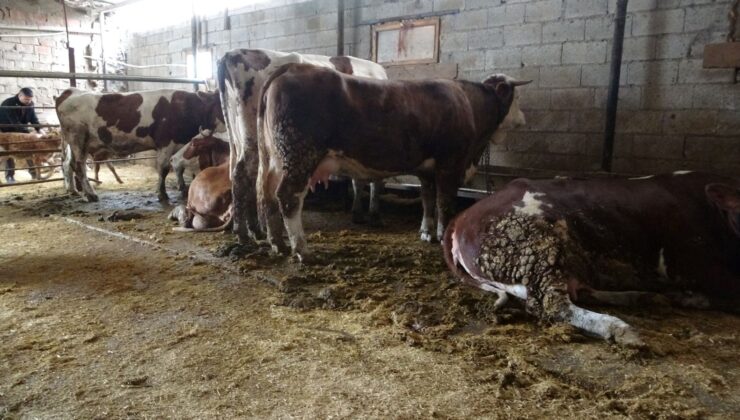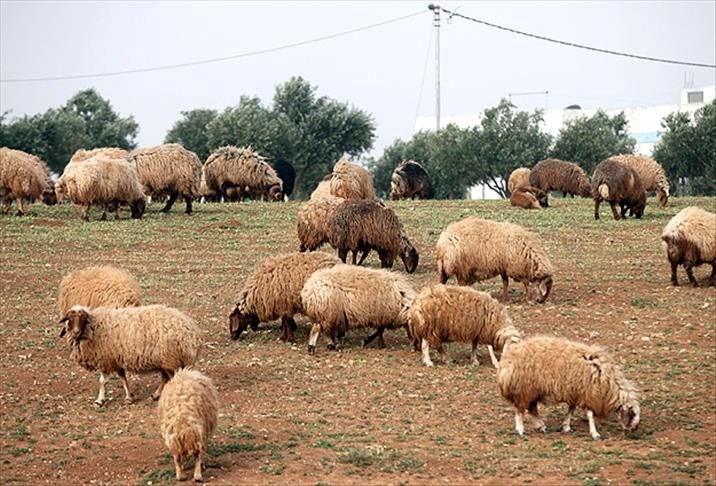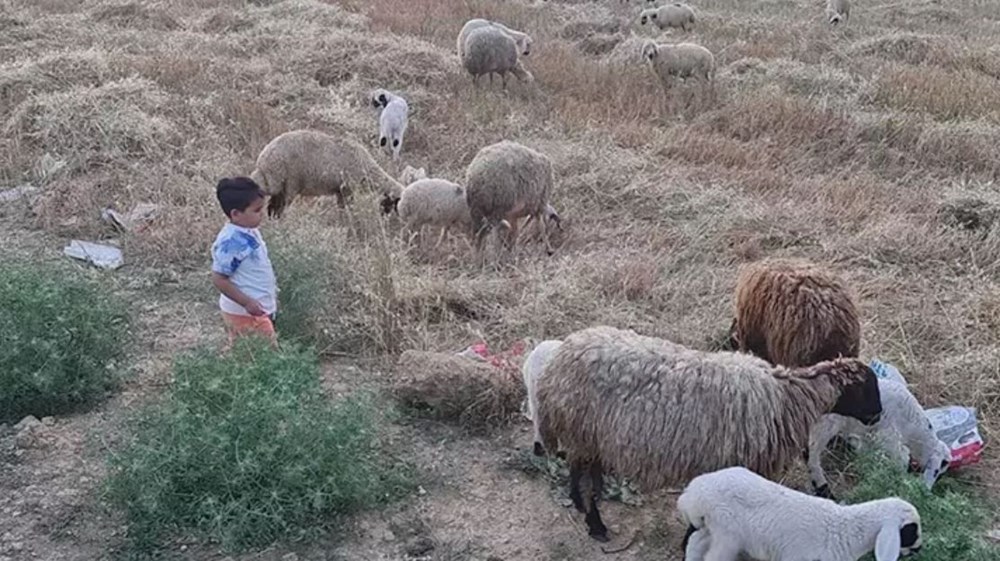

Bluetongue, often referred to as Blue tongue, is an infectious disease primarily affecting livestock such as sheep, cattle, goats, and camels. The disease is characterized by symptoms like congestion, edema, and hemorrhage, and is transmitted by biting midges from the Culicoides genus.
The disease is caused by the Bluetongue virus, which belongs to the Orbivirus genus of the Reoviridae family. This virus is found in the blood of infected animals. When a midge bites a diseased animal, it can carry the virus to a healthy host through subsequent bites. These midges are particularly active during humid nights following rainy summer days. Another significant transmission route is through the semen of infected bulls, posing a risk to healthy cows.

Cattle can harbor the virus without showing apparent symptoms, acting as reservoirs that facilitate disease spread to sheep. The virus can remain active in cattle blood for up to 14 weeks, even in the absence of midges.

After an animal is bitten by an infected midge, symptoms typically surface within seven days. However, this incubation period can vary based on the animal’s breed and individual resistance. Merinos are notably more susceptible than other sheep breeds, and young lambs are at higher risk.

Typical symptoms include:

In some instances, death may occur much later, with lamb mortality rates soaring to 95%. While cattle show milder symptoms that often go unnoticed, pregnant cows may experience abnormal calf births, known as AH syndrome, or stillbirths.
ENGLİSH
5 gün önceSİGORTA
5 gün önceSİGORTA
5 gün önceSİGORTA
8 gün önceSİGORTA
10 gün önceSİGORTA
10 gün önceDÜNYA
19 gün önce 1
Elon Musk’s Father: “Admiring Putin is Only Natural”
11563 kez okundu
1
Elon Musk’s Father: “Admiring Putin is Only Natural”
11563 kez okundu
 2
xAI’s Grok Chatbot Introduces Memory Feature to Rival ChatGPT and Google Gemini
10596 kez okundu
2
xAI’s Grok Chatbot Introduces Memory Feature to Rival ChatGPT and Google Gemini
10596 kez okundu
 3
Minnesota’s Proposed Lifeline Auto Insurance Program
9478 kez okundu
3
Minnesota’s Proposed Lifeline Auto Insurance Program
9478 kez okundu
 4
Introducing Vivo Y300 Pro+: A Blend of Power and Affordability
7416 kez okundu
4
Introducing Vivo Y300 Pro+: A Blend of Power and Affordability
7416 kez okundu
 5
What’s New in iOS 19: Updates and Compatibility
6098 kez okundu
5
What’s New in iOS 19: Updates and Compatibility
6098 kez okundu
Veri politikasındaki amaçlarla sınırlı ve mevzuata uygun şekilde çerez konumlandırmaktayız. Detaylar için veri politikamızı inceleyebilirsiniz.